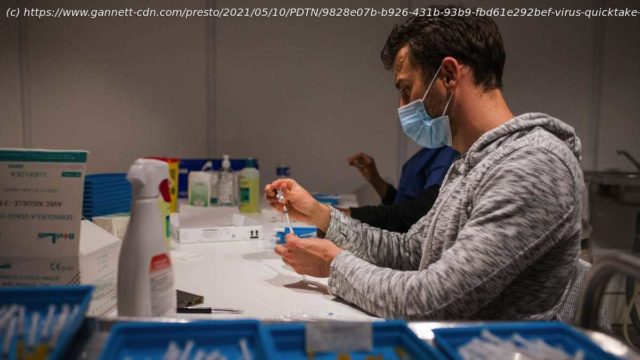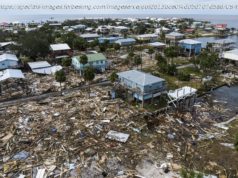Wiping out the virus would require banishing it from every susceptible species, which isn’t feasible.
The road to eliminating COVID-19 is long and paved with uncertainty. Many countries are counting on vaccines to build sufficient immunity in their populations so that SARS-CoV-2 isn’t able to find susceptible people to infect, causing transmission of the coronavirus to slow and eventually stop. But even with the rollout of highly effective vaccines, immunization coverage may not reach that level — the so-called herd immunity threshold — anytime soon. For one thing, it’s not known what level of immunity is required. There’s also the threat of emerging coronavirus variants that may weaken the effectiveness of immunizations. No. So far, only one human disease — smallpox — has been officially eradicated; that is, reduced to zero cases and kept there long-term without continuous intervention measures. Smallpox was stamped out thanks to a highly effective vaccine and the fact that humans are the only mammals that are naturally susceptible to infection with the variola virus that causes the disfiguring, sometimes deadly disease. Humans are the only known reservoir of polio virus, yet it still spreads in a few countries, causing paralyzing disease, despite the widespread use of effective immunizations and a 32-year-old global eradication effort. SARS-CoV-2 is thought to exist in nature in horseshoe bats, and has been known to infect minks, cats, gorillas and other animals. Wiping out the virus would require banishing it from every susceptible species, which isn’t feasible. In countries that have successfully suppressed Covid-19 cases, disease elimination has been proposed instead. It’s when efforts to suppress an outbreak have resulted in zero new cases of a disease or infection in a defined area over a sustained period. There’s no official definition of how long that should be. One proposal is to make it 28 days, corresponding to twice as long as the outer range of SARS-CoV-2’s incubation period — the time between infection and the appearance of symptoms. Some countries, such as New Zealand, have achieved zero new cases for lengthy periods using border closures, lockdowns and diligent case detection and isolation. But as that country has showed, sustaining nationwide elimination of any infectious disease is challenging, if not impossible, because of the threat of the virus re-entering the country from infected travelers. It’s hard to say. It’s not known what proportion of the population needs to have immunity to stop the coronavirus from circulating, or whether even the most potent vaccines will be able to prevent it from spreading. One study estimated that to stop transmission,55% to 82% of the population would need to have immunity, which can be achieved either by recovering from an infection or through vaccination. However, herd immunity wasn’t achieved in Manaus, the capital of Amazonas state in Brazil, even after an estimated 76% of the population had been infected. That’s because many people were re-infected with a new variant that evaded virus-halting antibodies generated in response to their initial SARS-CoV-2 infection.






